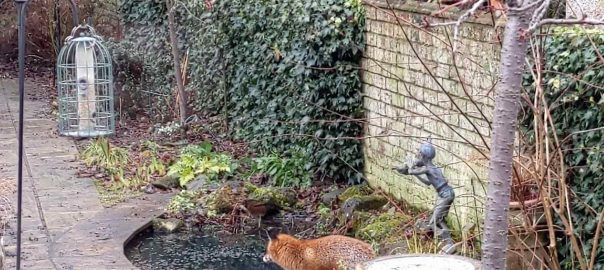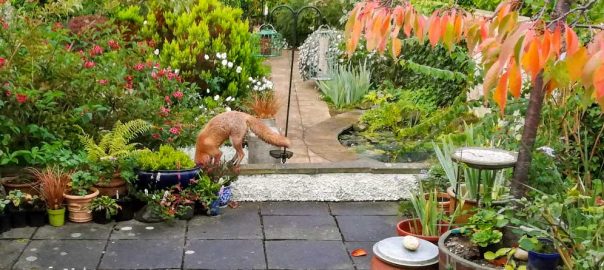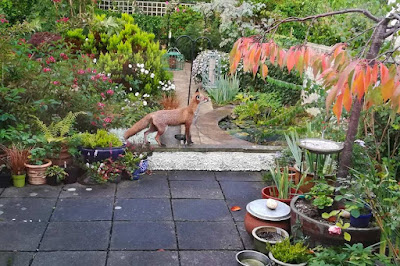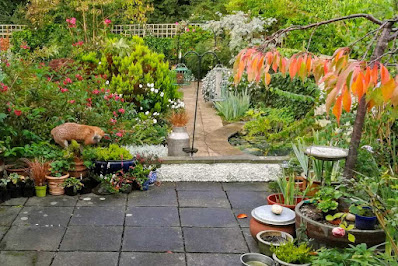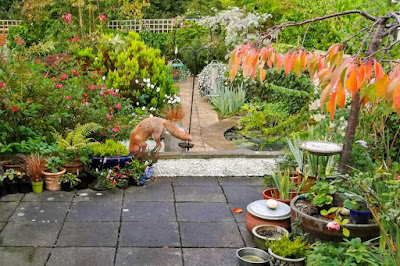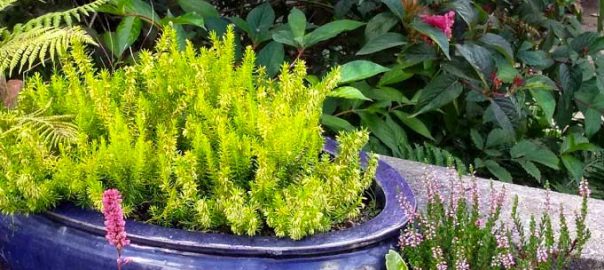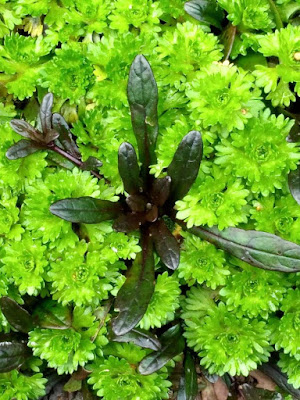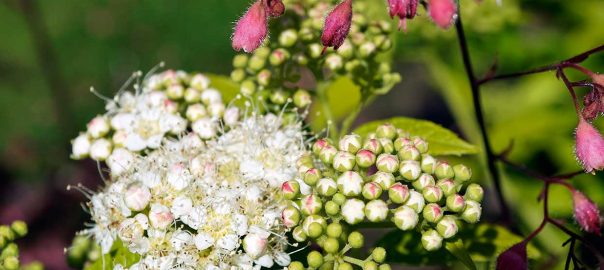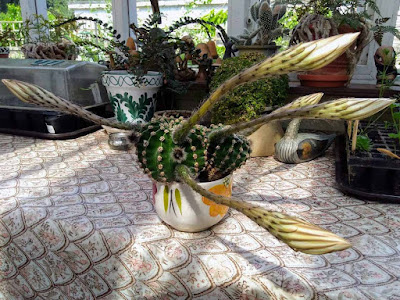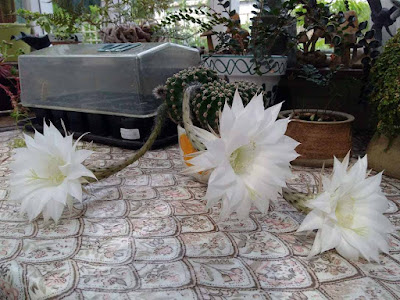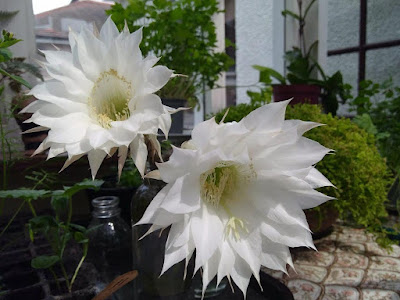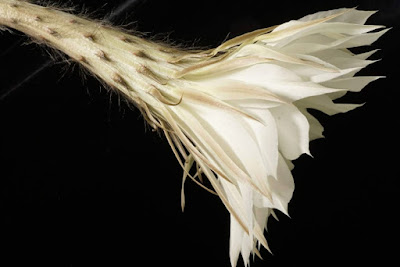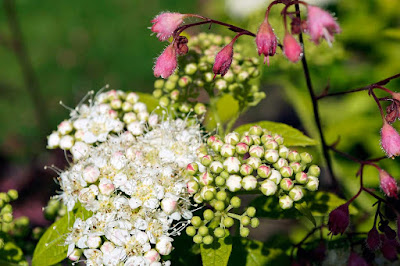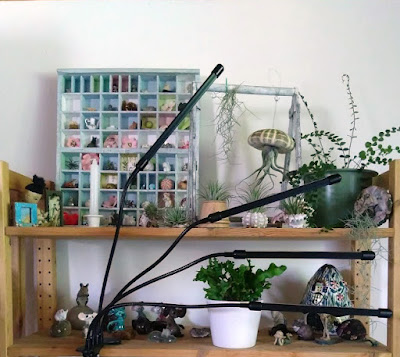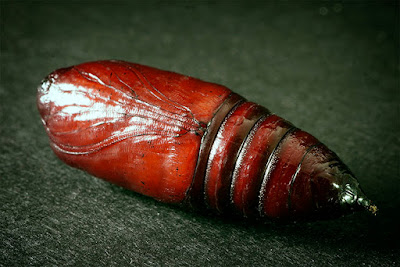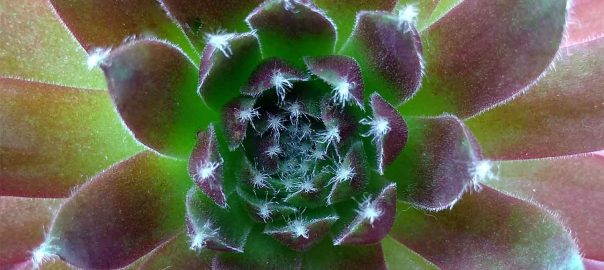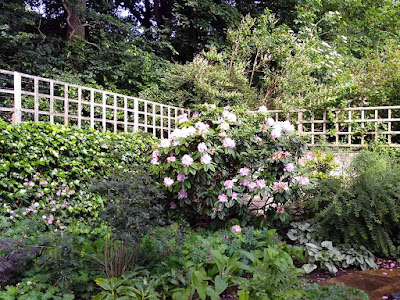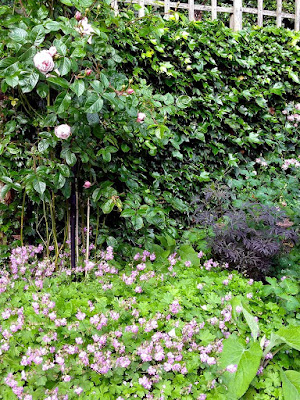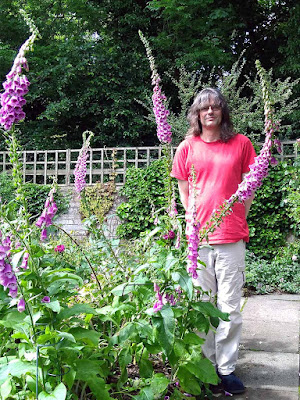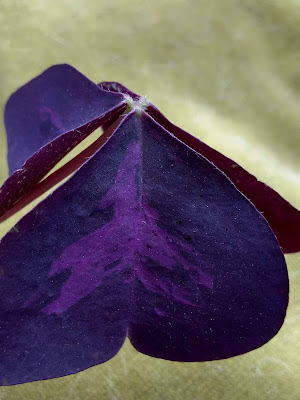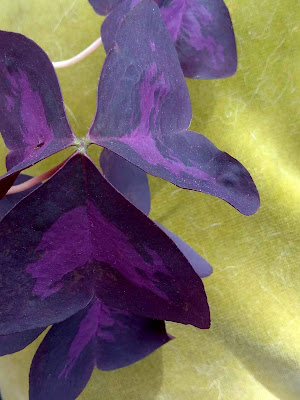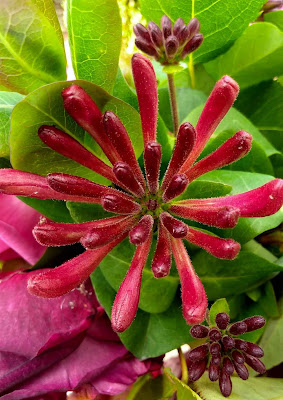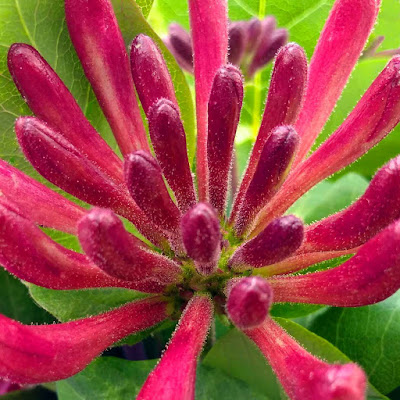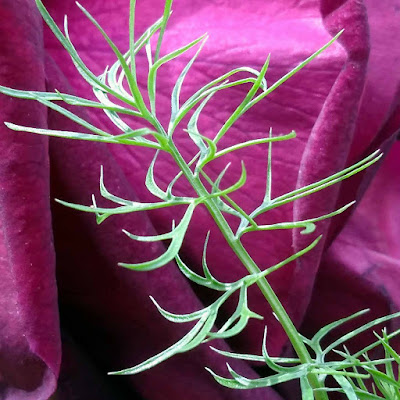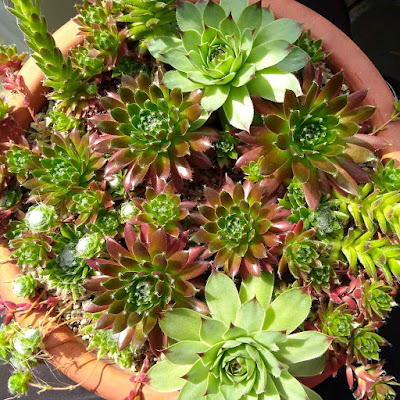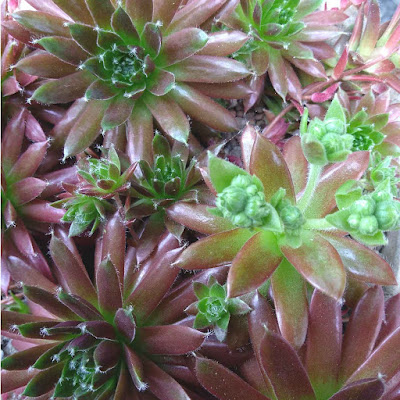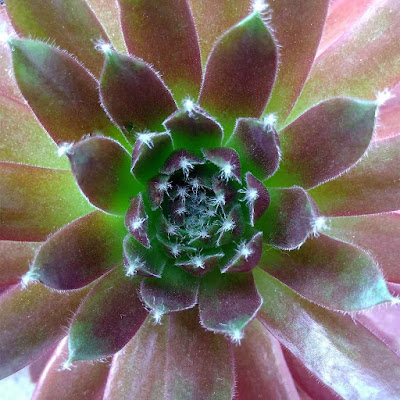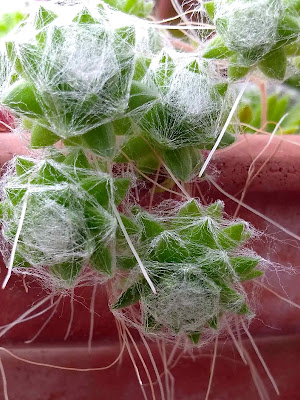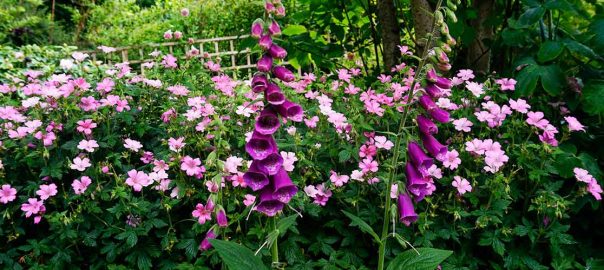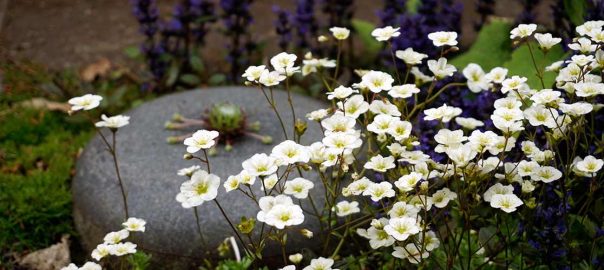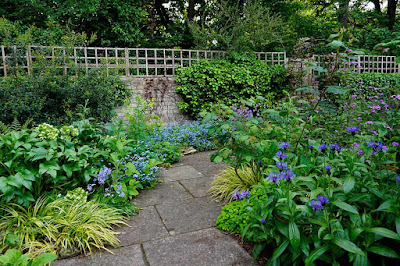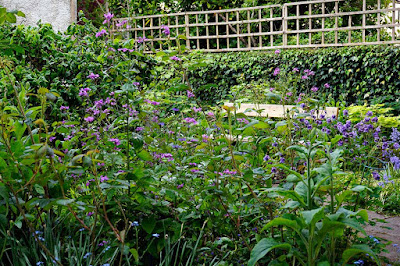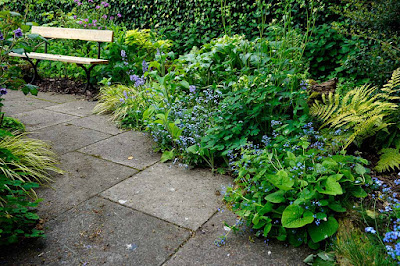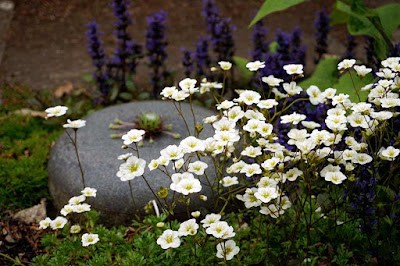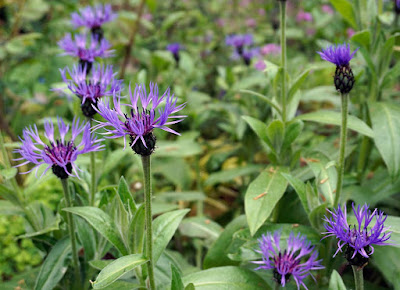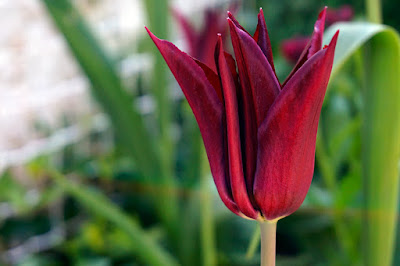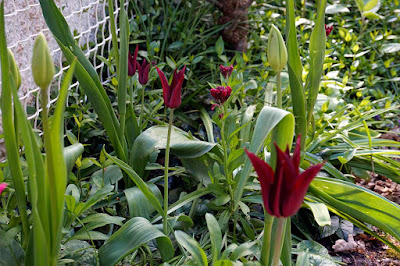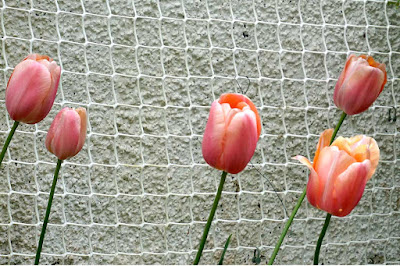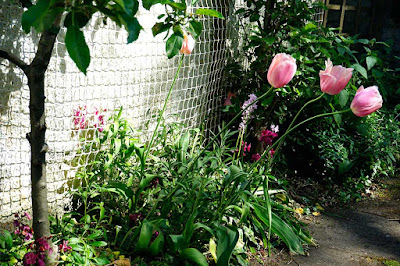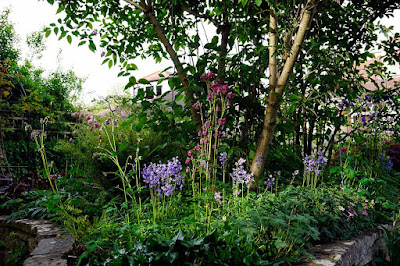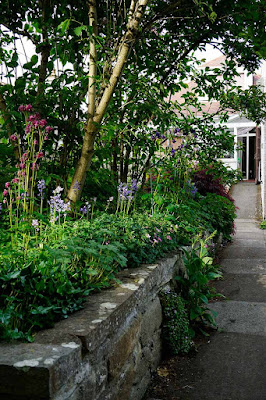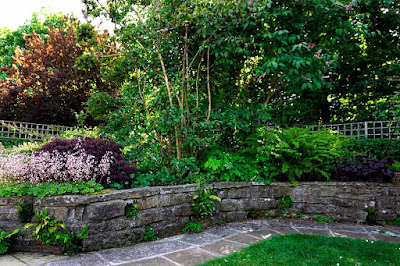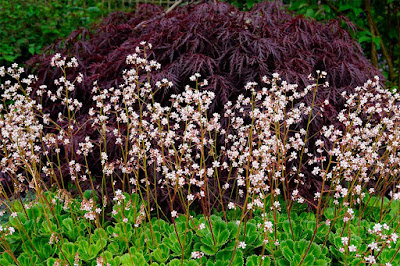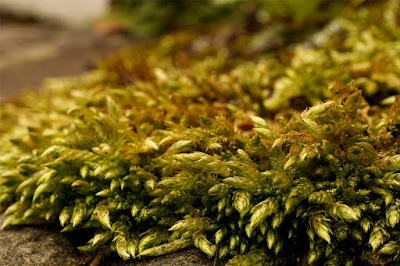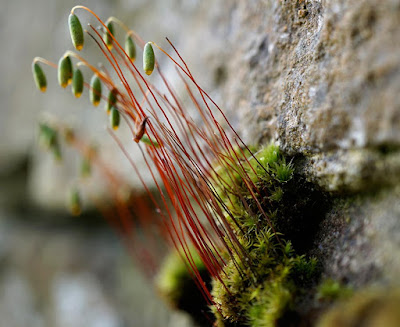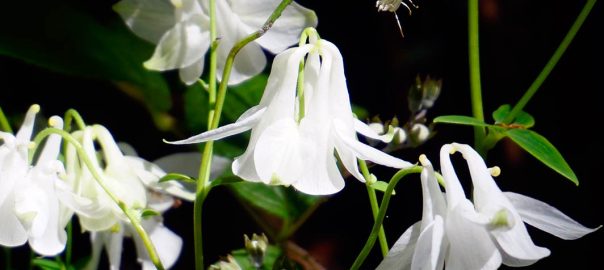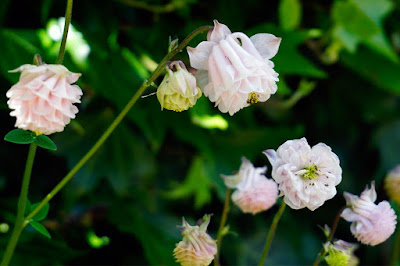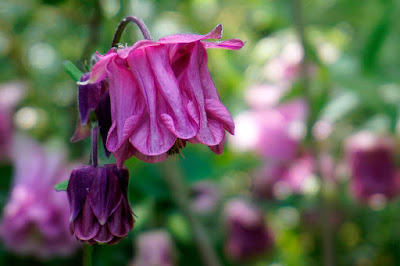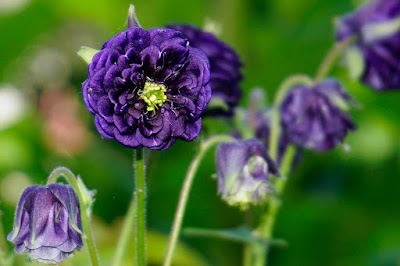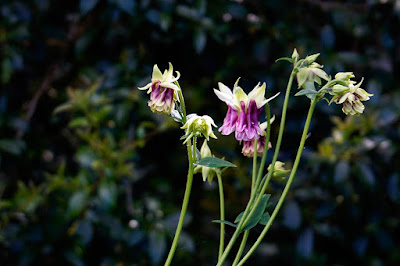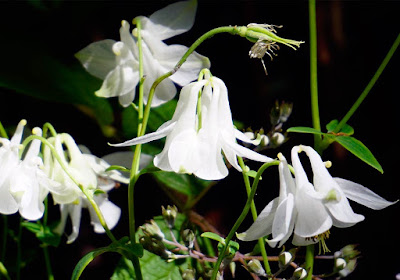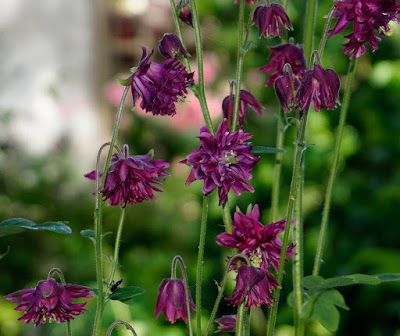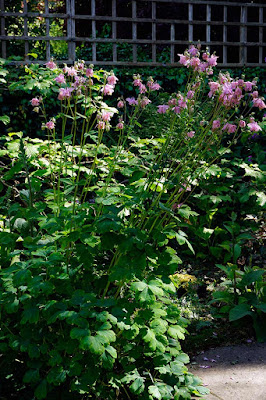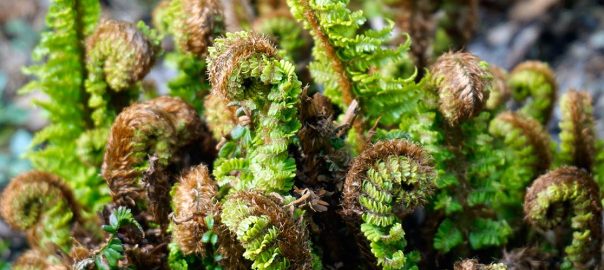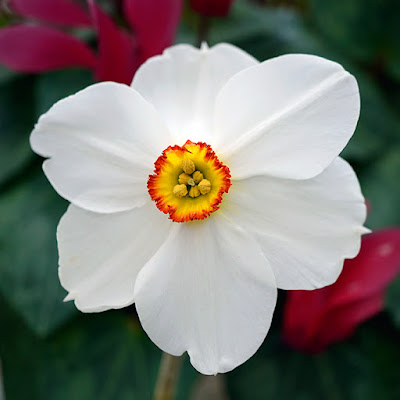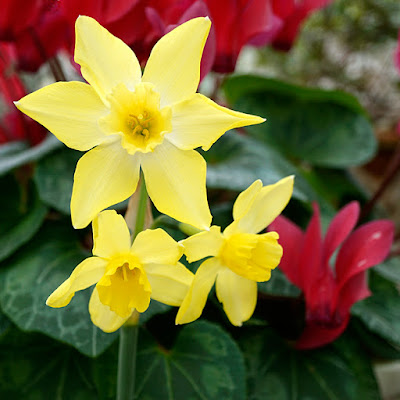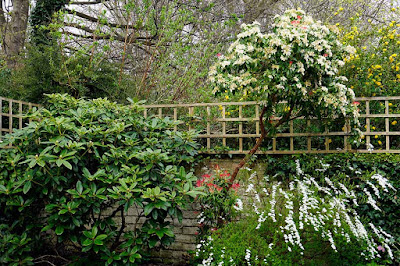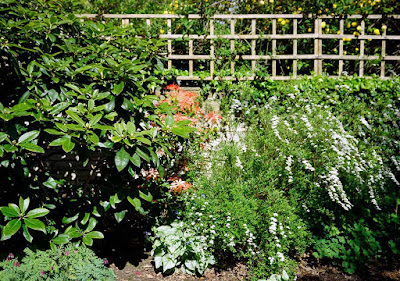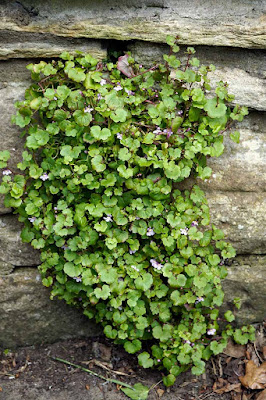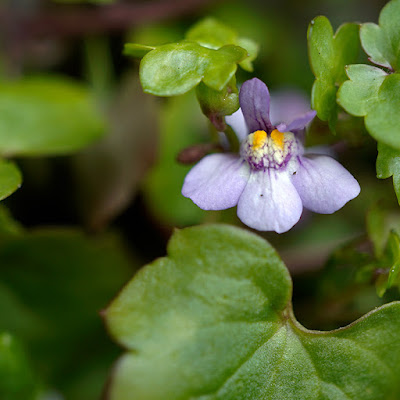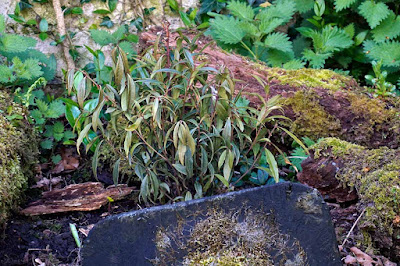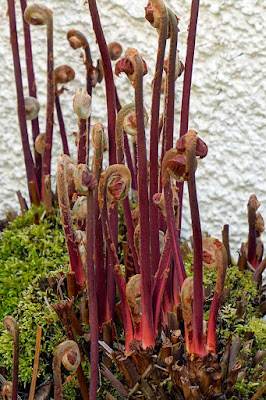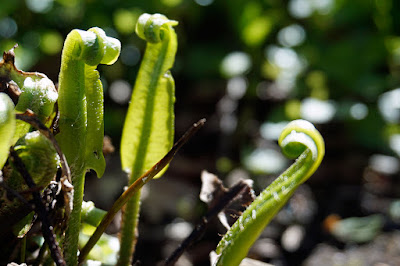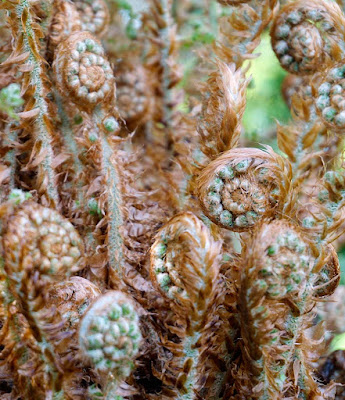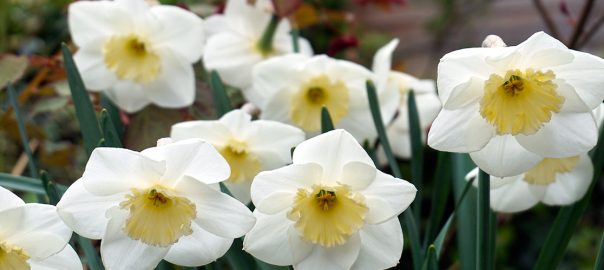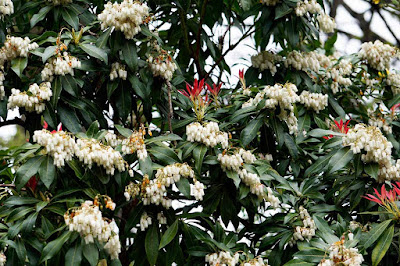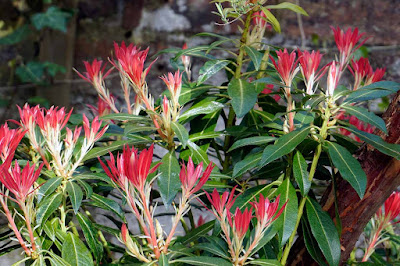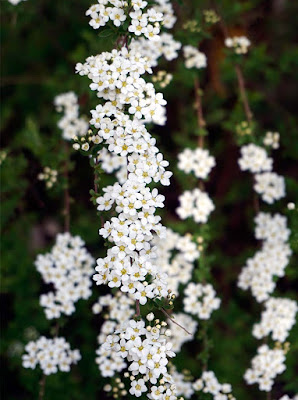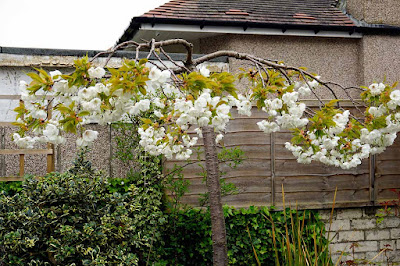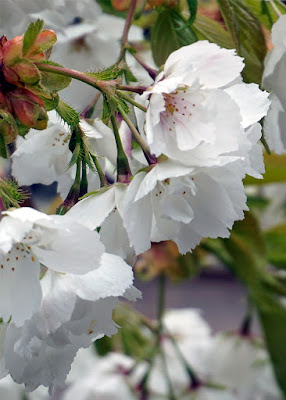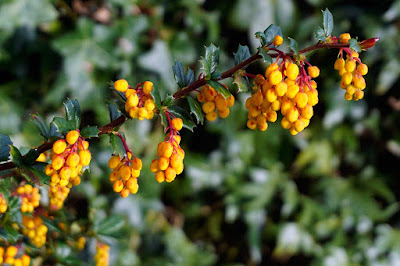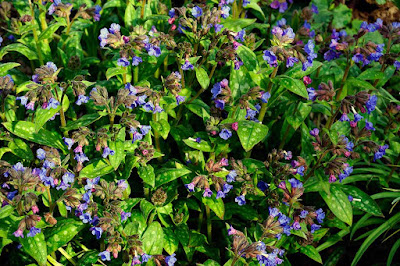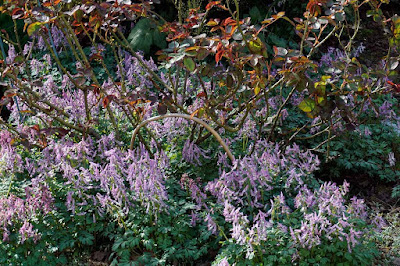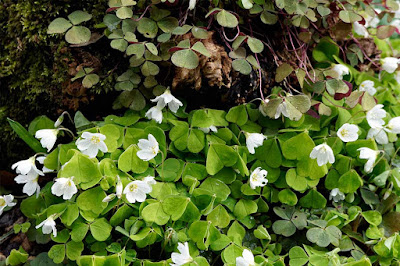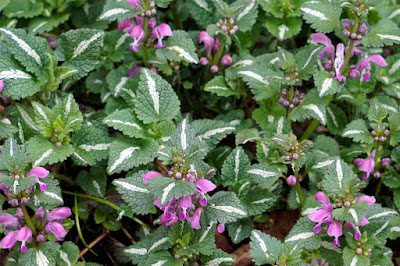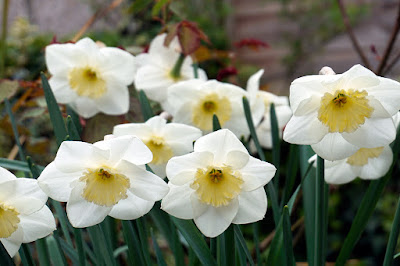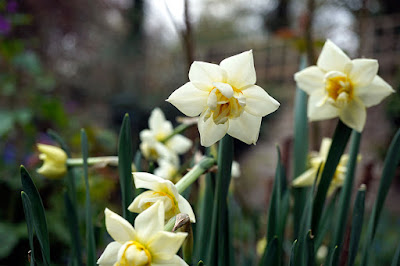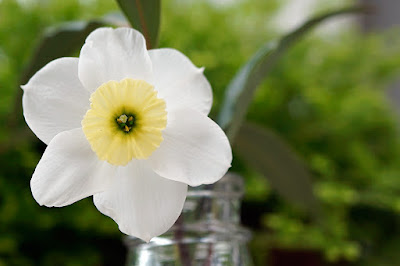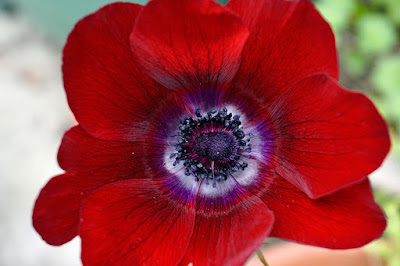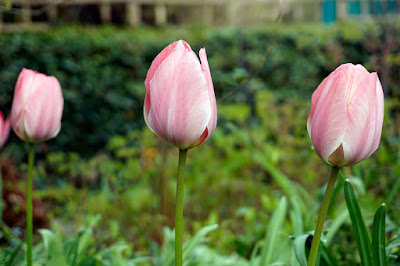In the stumpery – woodland area I have mixed some wild plants along with plants you might associate with a cottage garden like foxgloves and geraniums as they like a semi – shaded aspect and are often found in woodlands. I mostly let the foxgloves seed about where they like but if there are too many, otr they are just too close to the path, they get hoiked out and replanted in another area. The foxgloves are looking great just now and are mostly untouched by beasties. There is some damage on a couple of flowers – possibly snail damage. A couple have toppled over but most of them are standing up by themselves. The main colour scheme are shades of pinks, red, mauves, purples with splashes of white and gentle yellows. I don’t particular like orange plants in this garden but I do like coppery foliage of some plants especially ferns.
 |
| Foxgloves standing tall. |
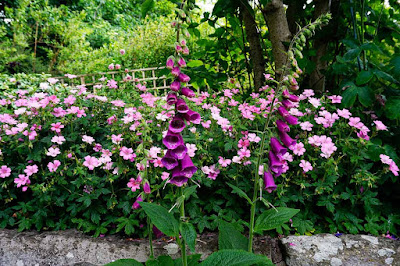 |
| Foxgloves and geranium. |
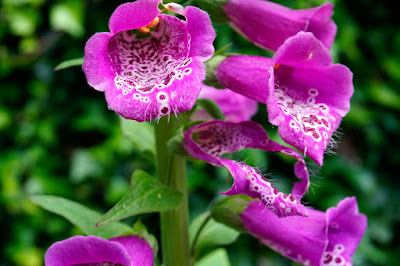 |
| Foxglove damage. |
We have had a very sunny and hot May but so far a rather foggy, cold, and drizzly June. The knapweed in my previous post is looking very bedraggled, and covered in mildew and brown leaves. I want to chop the whole thing back to the ground where it will shoot again, but there are loads of buds on these horrid looking stalks. What I may do is; once I have chopped it back, I will take off most of the foliage and put the stems in a vase, so that when the buds open – the bees can still visit them and I can enjoy both the flowers and the bees.
The deutzia is covered in flowers. It is usually covered in bees too, but not today as it is so cold there are only a few brave bees about. It may be Deutzia ‘Mont Rose’ but I don’t know for sure as I bought this from a sale with no label on it and no body knew what the plant was. It is under planted with a red astilbe which is now getting a bit smothered, but I will be cutting the deutzia back after it has flowers so the red flowers of the astible will become more visible.
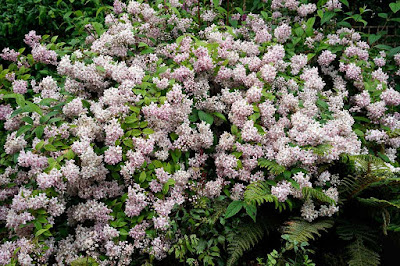 |
| Deutzia ‘Mont Rose’ |
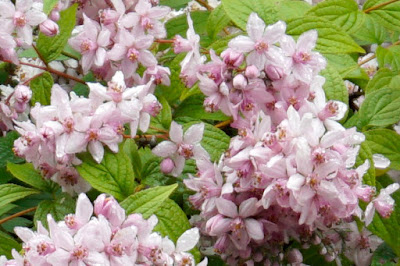 |
| Geutzia ‘Mont Rose’ closer. |
There is also a Jacobs ladder on the corner near the deutzia but I am not sure that I want to keep it. When in flower it does look pretty but the slugs go for it and the stems are quite easily broken and it always looks a bit scruffy.
The tierella are looking a bit ‘lumpy’ this year and have taken ages to get going. I need to lift and divide them, then re-plant a little deeper. As they can take about a year to establish their roots it is often better to do it in spring rather than in autumn, so that can wait until next spring. After a few years they have a tendency, like the heucheras, to kind of extend themselves up wards out of the soil and can look very straggly, lumpy and generally scruffy. There are more tierellas in the sunnier bed by the patio, but they have been so trodden on by the massive wood pigeons that I am thinking of replacing them that can withstand that kind of treatment.
In corner, where the gutter down spout empties, the weigela, rodgersia, Soloman’s seal, and the ferns are looking good. The weigela is covered in flowers which the bees love. There is a pink astilbe there and it has grown quite tall, slightly taller than I had expected. I planted a variegated form of Jacob’s ladder at the front along with he twhite version of ragged robin to brighten up that slightly more shady area of the corner. The weigela often needs trimmed back to keep it under control so that can be done when it has finished flowering.
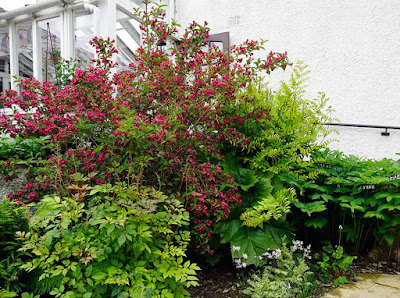 |
| Weigela corner. |
The new nepeta arrived this week so they have just been planted in
the right hand border ,where it gets a bit more sun than the stumpery,
and this time some organic slug pellets were sprinkled around them just
in case. I lost the first lot of plants so I don’t want to lose this
lot. I do slug/snail patrols every morning and Harry does a patrol at
night to try and keep on top of the slug/snail number. Nepeta are
another one of these plants often found in a cottage garden and they
have a very gentle habbit and pretty flowers – again bees love this.
Behind the nepeta are the circisium which are always covered in bees and
beside that are the poppies (Patty’s plum) which have huge flowers on
them. They do need staking though and I was a bit behind with this so
they had already fallen over by the time I asked Harry to stake them so
they are looking a bit trussed up now.
In the next few days the
weather should brighten up a bit and will hopefully be a bit warmer
too. It is much nicer to do the weeding when it is warm than when it is
cold and drizzly.
